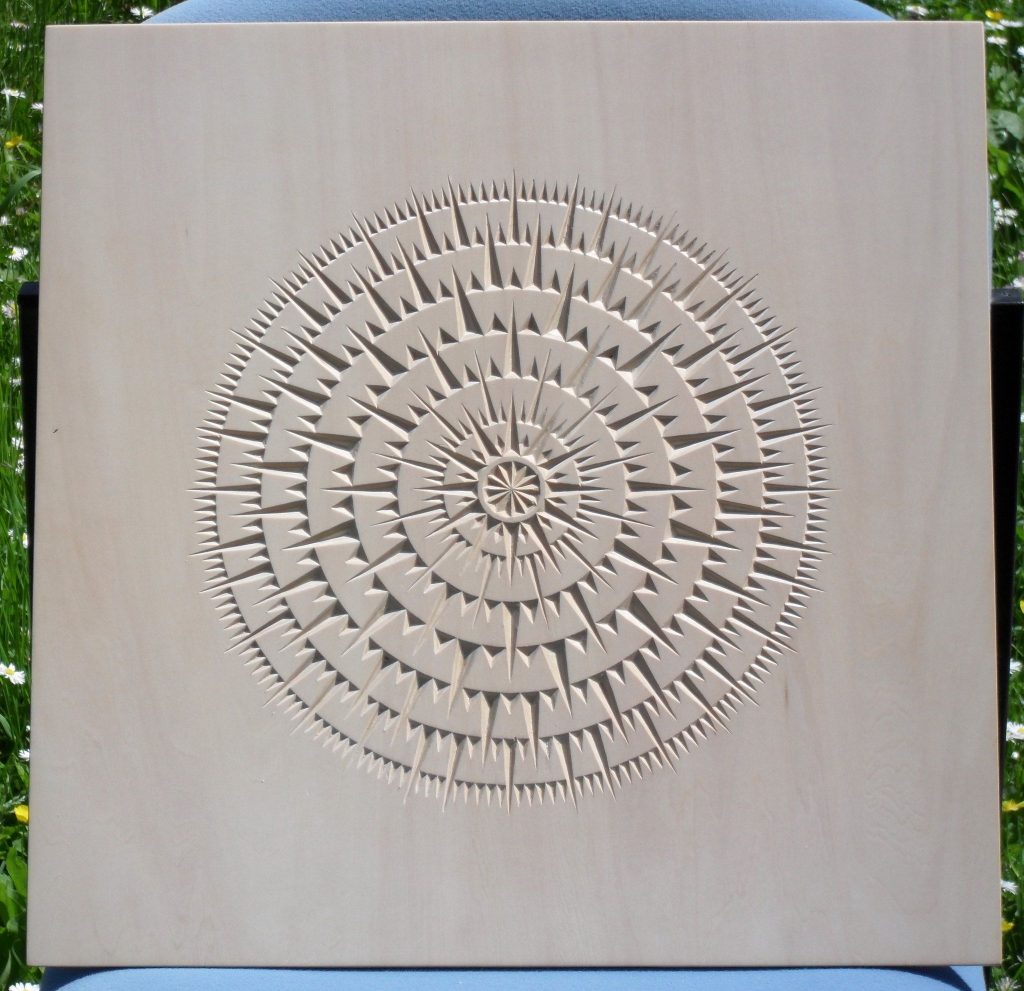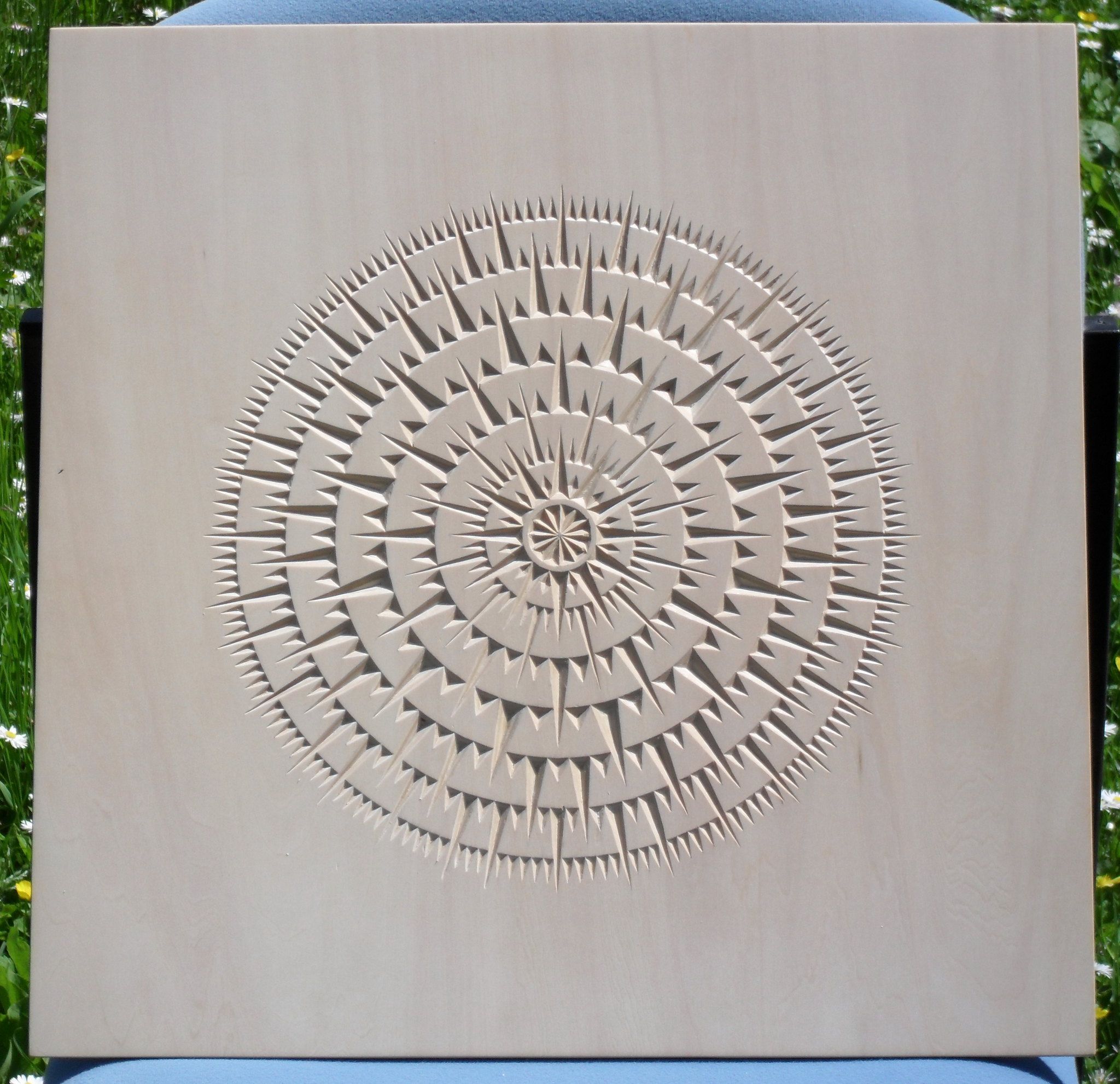Linden plywood is also known by the regional names of basswood and title. Various strains of the tree species grow throughout Europe, North America and parts of Asia. Basswood is the name most commonly used in the United States, while Europeans refer to the same wood as Linden and the name Title is used throughout Asia. In any case, it is the same wood; a very popular one, due to its easy workability.
The Linden tree is a rather prolific species, which has the ability to hybridize very easily. This makes it both invasive and one of the most common types of trees found in nature. Trees can grow 65 to 130 feet in height and can live exceptionally long lives. There are linden trees whose owners claim them to be about 2,000 years old. The tree is known to have a long history, as it shows up predominant in both Green and Roman mythology. There it is symbolic for marital love and fidelity, as well as being the symbolic tree of both Aphrodite and Venus.
The wood from the linden is of very fine, even grain, with a light color. What makes it so highly prized is that it is an extremely soft wood, with a janka rating of only 410 lbf, making it even softer than pine, although it is categorized as a hardwood. Even so, it is considerably harder than balsa, which a lot of people confuse it for.
Linden is much more stable than balsa, once dried, with much less chance of warping, twisting and cupping. The small pores in the end grain absorb little moisture, helping to keep the wood stable. While it is not considered to be durable against insects or rot, items made from linden can be kept in environments with a high amount of humidity, with little chance of becoming damaged.
While linden wood has many uses, one of the most popular is that of carving. The soft wood, with its even grain, is an easy wood to carve both by woodcarvers carving by hand and by machine. The Chinese use linden plywood for decorative relief carving, with the plywood that is made for this purpose being made with a heavier face veneer and only five layers. Historically, there are many examples of linden carvings, going back as far as the Roman Empire. Linden is also popular for use in laser engraving and is known as “laserply” or “laser plywood” in that industry. Craft packs of small pieces of linden are sold for that purpose.
But the ease of workability of linden and linden plywood has taken it far beyond carving, with an extensive resume of places that it is used. Linden is one of the more common materials used in the manufacture of wood boxes and guitar bodies, as well as recorders, drum shells and electric guitars. It should be noted that due to the softness of the wood, it is often only used in places where it is unlikely to receive much impact damage. So while linden plywood is sometimes used in the manufacture of furniture, it is not an ideal plywood for this purpose.

Linden plywood is commonly available in a variety of thicknesses ranging from 3/16” up to 3/4”. Some of the thinner variants come with a MDF core. Thicker linden plywood will typically have two more core veneers than other types of plywood, although the price is lower than most domestic hardwood plywood. Linden is also used to make core veneer layers for common softwood plywood.
Another specialty use of linden is in the manufacture of aircraft plywood. During World War II, wood aircraft parts and skins were common, as it was readily available, easy to work with material. With a worldwide aluminum shortage, using linden aircraft plywood was seen as an acceptable substitute. The light weight of the wood was an advantage in the construction of aircraft, where every ounce affects the plane’s top speed, maximum altitude and fuel consumption.
One of the more unusual uses of linden has been in the manufacture of clothing. During the Bronze Age, fibers were extracted from the tree’s inner bark layer and used in weaving cloth. This requires soaking the bark in water for about a month; but during that time, the fibers naturally separate.
Architecturally, basswood is used primarily in applications where weight is a concern, and the wood is unlikely to become damaged. Intricately carved moldings might be made of linden. Window blinds and shutters are often made of linden, thanks to its lightweight.




